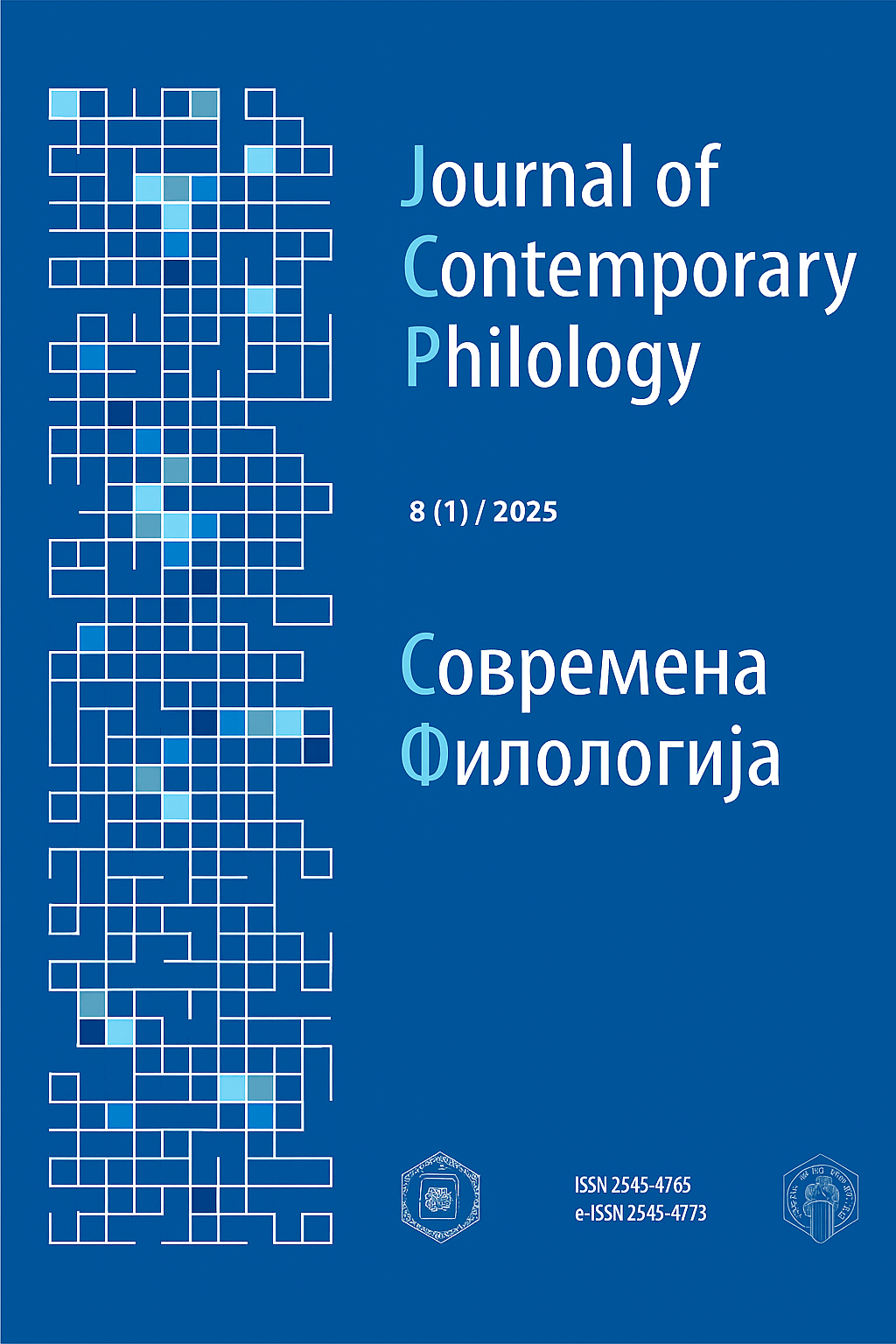АКЦЕНТОТ НА ЗБОРОТ КАКО БАЛКАНСКА КАРАКТЕРИСТИКА
ДОИ:
https://doi.org/10.37834/JCP2581107sКлучни зборови:
Балкански јазичен сојуз, фонетика, меѓујазичен контакт, дијалектиАпстракт
Во статијата се разгледуваат две фонетски појави кај балканските дијалекти во Македонија: ограничувањето на местото на акцентот на последните три слога и двојното акцентирање. Тие се карактеристични за македонско-албанско-грчкото подрачје во центарот на Балканскиот јазичен сојуз. Авторот не се сложува со прифатената теза во балканистичката литература дека западните и централните македонски говори имаат заеднички акцентен тип со грчките, ароманските и албанските дијалекти во овој ареал. Во статијата се даваат аргументи, со коишто се побиваат претходните ставови за централнобалканскиот карактер на ограничувањето на местото на акцентот на последните три слога. Таа појава не заслужува посебно проучување бидејќи претставува универзална тенденција, којашто произлегува од природните надворешнојазични преференции. Во врска со втората појава – двојното акцентирање – авторката издвојува еден тип кој може да има статус на балканска црта. Таквото акцентирање е карактеристично за една балканска микрообласт, каде што словенските и грчките дијалекти се во контакт.
Преземања
Објавено
Издание
Секција
Дозвола
Copyright © 2014 Blaže Koneski Faculty of Philology, Skopje
Journal of Contemporary Philology (JCP)
Современа филологија



